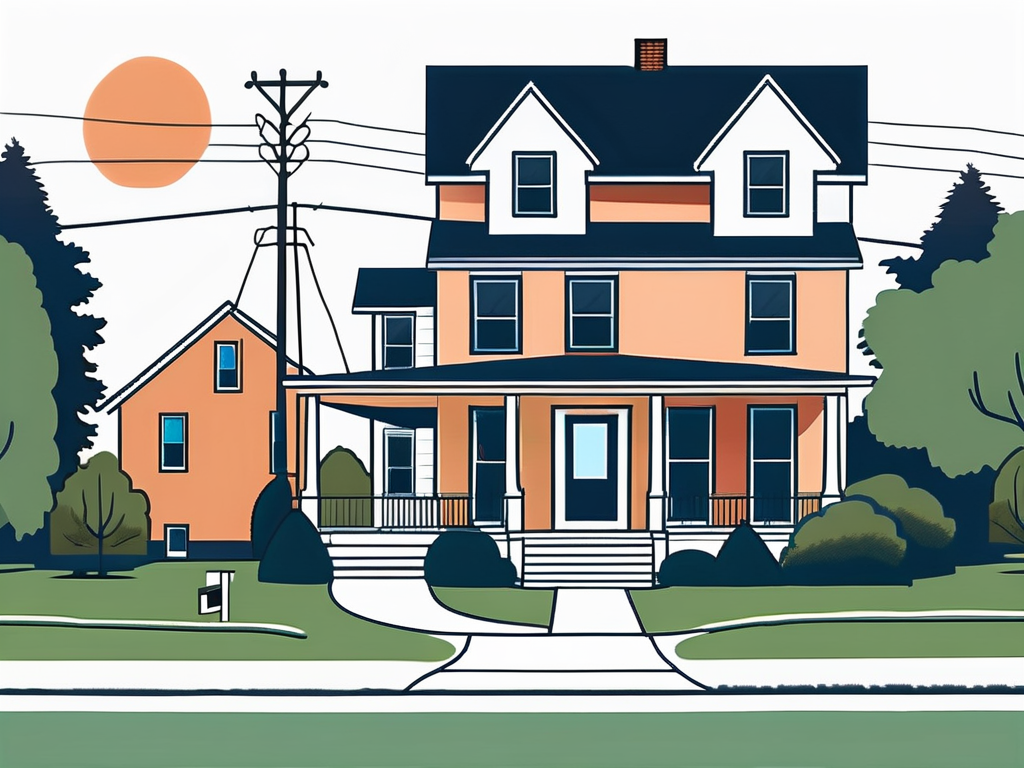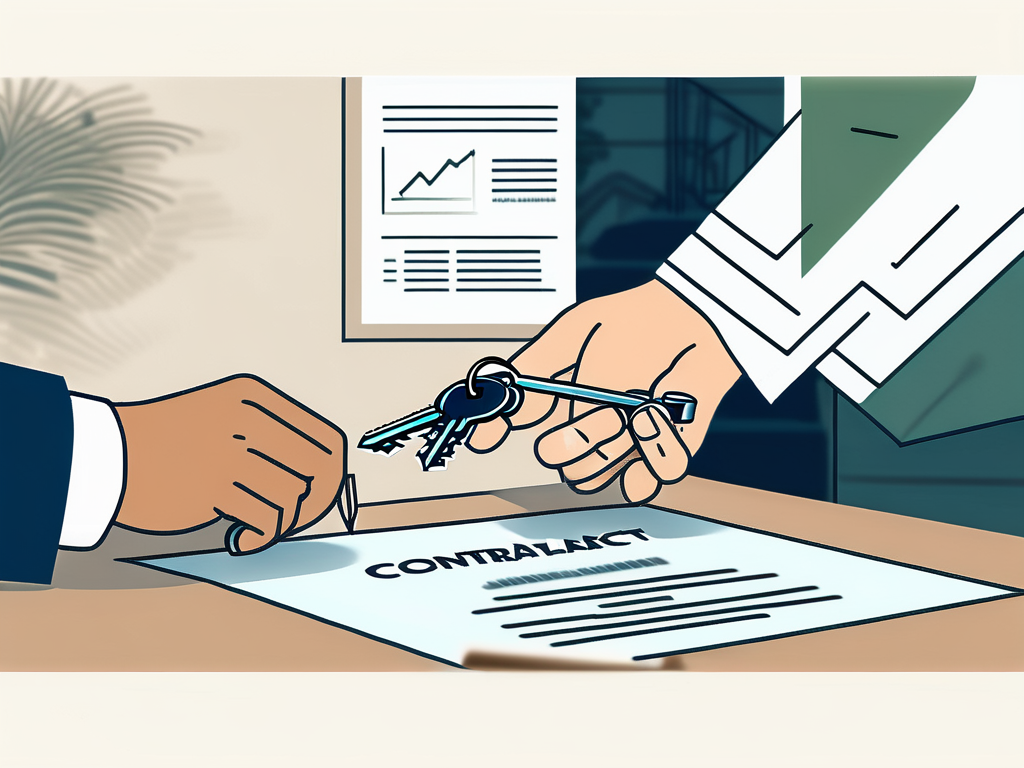DIY Home Selling in Illinois
When it comes to selling your home in Illinois, you might be considering the DIY route. This approach can save you thousands of dollars in real estate agent commissions and give you complete control over the process. However, it also requires a lot of work and knowledge. This guide will help you navigate the complexities of DIY home selling in Illinois.
Understanding the Illinois Real Estate Market
Before you put your home on the market, it's crucial to understand the current state of the Illinois real estate market. This will help you set a competitive price and know what to expect during the selling process.

Illinois has a diverse real estate market, with prices varying greatly depending on the location. Urban areas like Chicago tend to have higher home prices, while rural areas offer more affordable options. Researching recent sales in your area can give you a good idea of what your home might sell for.
Researching Comparable Sales
Comparable sales, or "comps," are recently sold homes that are similar to yours in terms of size, location, and features. Looking at comps can help you determine a fair asking price for your home. You can find this information on real estate websites or by contacting your county's property appraiser's office.
When comparing your home to comps, consider factors such as the number of bedrooms and bathrooms, square footage, lot size, and any unique features. Adjust your price up or down based on how your home compares to the comps.
Preparing Your Home for Sale
Once you have a good understanding of the market, it's time to prepare your home for sale. This involves making any necessary repairs, decluttering and cleaning, and staging your home to make it appealing to potential buyers.

Remember, first impressions matter. A well-presented home can attract more buyers and potentially lead to a quicker sale and a higher selling price.
Repairs and Maintenance
Before listing your home, address any obvious repair issues. This might include fixing leaky faucets, repairing broken windows, or addressing any structural issues. While these repairs might cost you upfront, they can help you avoid potential roadblocks during the inspection process.
Regular maintenance tasks, such as cleaning the gutters, painting, and landscaping, can also improve your home's curb appeal and make it more attractive to buyers.
Staging Your Home
Staging involves arranging furniture and decor to highlight your home's best features. This can make your home more appealing to buyers and help them envision themselves living there.
Consider hiring a professional stager, or do it yourself by decluttering, rearranging furniture, and adding fresh flowers or other decorative touches. Remember to depersonalize your home by removing family photos and other personal items.
Marketing Your Home
Marketing is a crucial part of the DIY home selling process. This involves listing your home on real estate websites, hosting open houses, and leveraging social media to reach potential buyers.
High-quality photos and a compelling property description can make your listing stand out. Consider hiring a professional photographer and writer, or do it yourself if you have the skills.
Listing Your Home
There are several online platforms where you can list your home for sale. These include national real estate websites as well as local classifieds. Make sure to include all the relevant details about your home, such as the number of bedrooms and bathrooms, square footage, and any unique features.
Also, consider listing your home on the Multiple Listing Service (MLS). This is a database used by real estate agents to find properties for their clients. There are services that allow you to list your home on the MLS for a flat fee.
Hosting Open Houses
Open houses can be a great way to attract potential buyers. Schedule them during weekends when people are more likely to be available. Make sure your home is clean and well-staged, and be prepared to answer questions about your property.
Remember to follow all local regulations regarding COVID-19 safety when hosting open houses.
Negotiating and Closing the Sale
Once you receive an offer, it's time to negotiate. This involves reviewing the offer, making a counteroffer if necessary, and agreeing on a final sale price.

After you accept an offer, you'll need to navigate the closing process. This involves completing all the necessary paperwork, complying with legal requirements, and transferring ownership of the property.
Reviewing Offers
When you receive an offer, review it carefully. Consider not only the offered price but also the buyer's financing, the proposed closing date, and any contingencies.
If the offer is lower than you expected, don't be discouraged. It's common for buyers to start with a low offer in hopes of negotiating a lower price. You can counter with a higher price, or ask for other concessions, such as having the buyer pay for certain closing costs.
Closing the Sale
The closing process can be complex and involves a lot of paperwork. You'll need to provide the buyer with a disclosure statement, which details any known issues with the property. You'll also need to arrange for a title search and purchase title insurance.
Consider hiring a real estate attorney to help you navigate the closing process. They can ensure that all the paperwork is completed correctly and that you're complying with all legal requirements.
Once all the paperwork is completed and the funds have been transferred, you'll hand over the keys to the new owner. Congratulations, you've successfully sold your home in Illinois!





